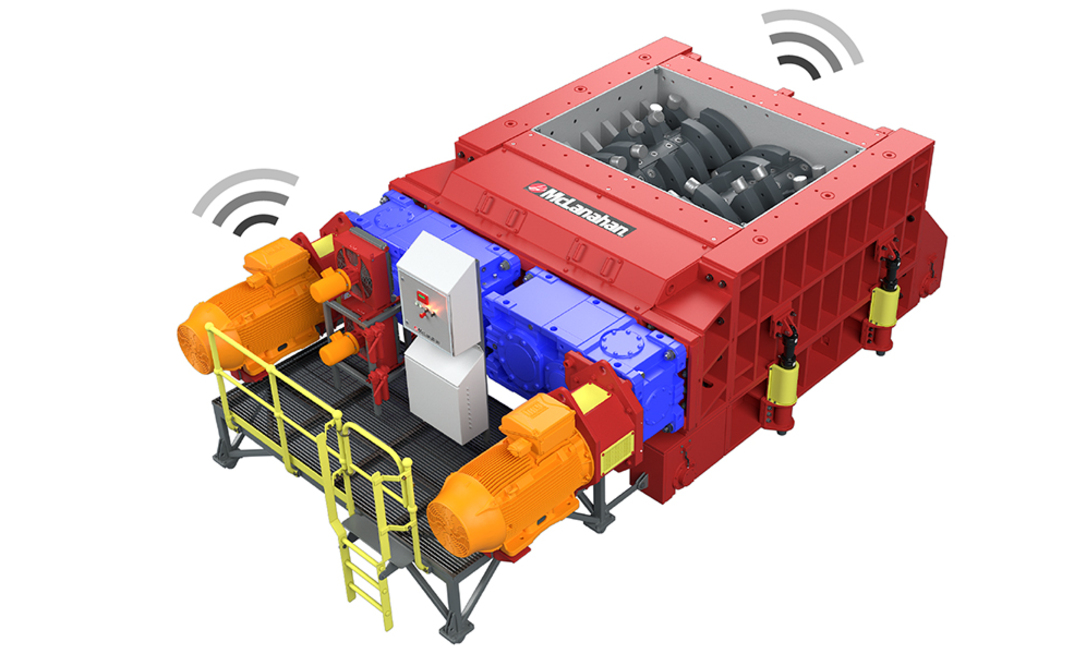Australian mining operations are recognised worldwide for their efficiency, and they need to be, due to our comparatively high labour costs and distance to markets. In high volume processing plants production is king. Any unplanned stoppage can have a significant impact on production. To combat this, miners focus on reducing the risk of unplanned stoppages, through high levels of spare parts inventory, expensive tooling and ensuring access to highly trained personnel. As new processes and technologies emerge predictive and preventative maintenance strategies improve.
Original Equipment Manufacturers (OEMs) have the opportunity to impact more efficient mine maintenance and better equipment uptime through two key initiatives, design-for-operation, and remote sensing and condition-based monitoring at the point of manufacture.
While many OEMs focus on the principle of design-for-manufacture to drive down capital costs, design-for-operation is based around understanding the lifecycle of the equipment and the relevant failure modes that can occur during that machine's lifecycle.
"The underlying goal of using this design philosophy", says Rod Wilson, Director of Technical Services at McLanahan Corporation, "is to deliver equipment that not only suits the application and has a 25-year lifespan, but also reduces human interaction, informs the operator of the machine's health, reduces the complexity of maintenance, and speeds up component changeout at critical lifecycle intervals".
"During the design phase of McLanahan's latest crusher, the Mineral Primary Sizer (MPS) our engineering team correlated years of operational and maintenance data to ensure the new machine meets the needs of todays, and the futures, mineral processing operators", says Wilson.
"How do we design a drive arrangement that allows the repair or replacement of a gearbox in one third of the time of existing machines? Better still what if we could provide key indicators impacting drive reliability and report these to operations and maintenance staff remotely. Of course, it's not just about reducing unplanned stoppages but about ease of access, visibility, automation and operational safety".
Technology offers maintenance schedulers the option for condition-based maintenance on site that suits individual equipment. Typical maintenance scheduling in minerals processing plants is based on run hours. That means shut schedules are often set by the most maintenance intensive equipment and other items fit into that schedule. It can mean the parts for some equipment are changed out early when they still have value. Fixed period monitoring by staff, which is carried out manually in isolation can also mean that some issues are identified only at an advanced stage of fatigue or wear which requires more immediate and costly action. Observations and manual recordings often do not deliver a high level of detail and may not be integrated into the maintenance system, and opportunity is lost.
With the inclusion of condition-based monitoring at the design phase of our new Mineral Primary Sizers, we support our customers to develop a maintenance approach based on monitoring and reacting to the performance state of equipment, with the goal of forecasting possible failures ahead of time. This is the middle ground between a purely preventive approach, where resources and parts are consumed prematurely and a purely reactive approach, with costly downtime and extensive repairs.
Condition-based maintenance is facilitated by ongoing monitoring of key performance metrics and by connectivity and communication that allows data collection and performance alerts to drive maintenance action. Establishing a condition-based maintenance system includes industrial sensors, network communication, data collection and analysis software, and optional 4G remote forwarding to cloud hosted consoles. This will allow all OEMs to provide Industrial Internet of Things (IIoT) ready equipment that can be integrated into the client's computerized maintenance management systems.
Manufacturers like McLanahan have taken the opportunity to deliver value to the mining and minerals processing community. We help drive efficiencies through providing equipment that contributes to lower lifecycle costs, shorter maintenance events, reduced human interaction and the production of valuable operating data.
Connect with Chris
https://www.linkedin.com/in/knowlescj/
ABOUT THIS COMPANY
McLanahan Corporation
Feeding, Crushing, Sampling, Dewatering and Scrubbing equipment.
HEAD OFFICE:
- 27 Kalinya Close, Cameron Park, NSW 2285, Australia
- Phone: +61 2 4924 8248
- Website: www.mclanahan.com.au
- Email: sales@mclanahan.com.au

























